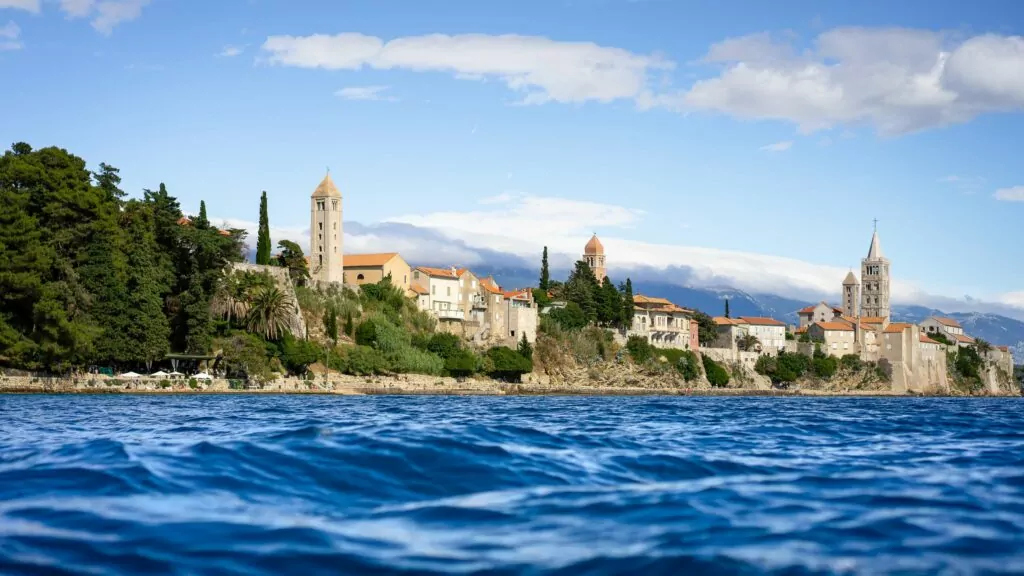
Introduction: Why Croatia is the King of Island Hopping
If island hopping was an Olympic sport, Croatia would take the gold. With over 1,200 islands, islets, and reefs, it’s the ultimate playground for adventurers, beach lovers, and anyone who thinks “sailing the Adriatic with a glass of wine in hand” sounds like a life goal.
Each island in Croatia has its own unique personality—some are buzzing with nightlife, while others are so remote that you’ll feel like you’ve landed on a deserted paradise. Whether you want historical villages, rugged cliffs, hidden beaches, or vineyards overlooking the sea, there’s an island for you.
Most travelers stick to the classic Hvar, Brač, and Korčula route, and while those islands are undoubtedly stunning, there’s so much more to explore. Croatia’s lesser-known islands offer an unspoiled charm, authentic culture, and some of the best-kept secrets of the Adriatic. These places have crystal-clear waters, ancient ruins, and family-run taverns serving up the freshest seafood imaginable.
And let’s talk about the water—the Adriatic Sea isn’t just turquoise, it’s next-level transparent. In many places, you can see straight to the seabed, watching fish dart between coral-covered rocks.
But beyond just beauty, island hopping in Croatia is about adventure. You can kayak through sea caves, explore hidden shipwrecks, dive in underwater blue grottos, and hike to hilltop fortresses that date back to the Venetian or Illyrian eras.
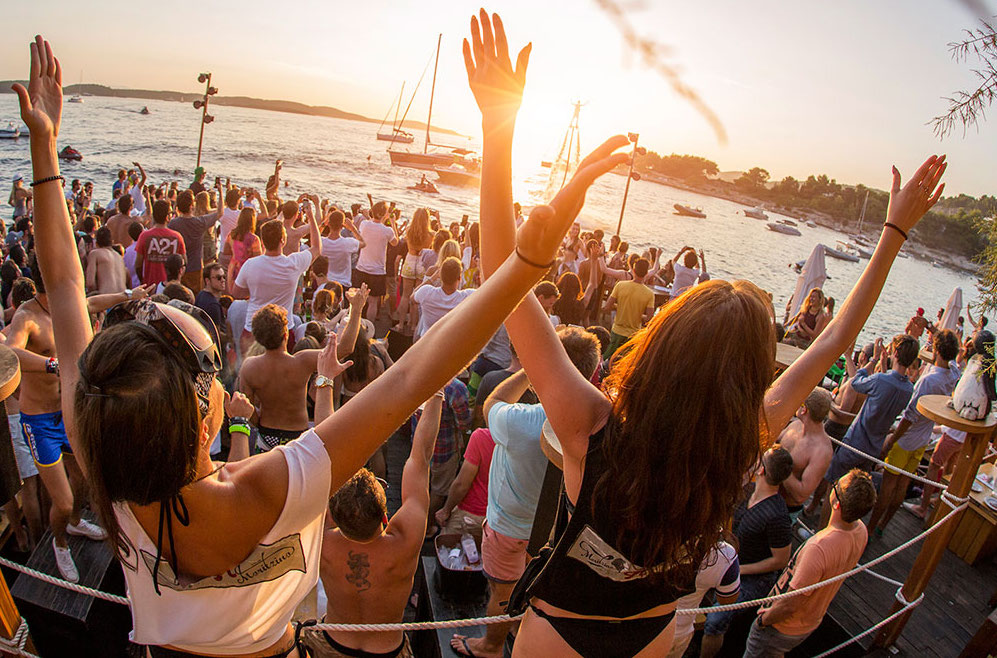
Why Go Off-the-Beaten-Path?
Sure, Hvar’s yacht parties are legendary, and Brač’s Zlatni Rat Beach is iconic, but the true magic of Croatian island hopping lies in discovering the islands that most tourists miss. These places offer solitude, untouched landscapes, and an authentic taste of local life that’s harder to find in the more famous destinations.
Think about watching the sunset from a medieval fortress on Vis, kayaking into a blue-lit cave on Biševo, or sipping homemade wine in a tiny fishing village on Lastovo. Imagine hiking through pine forests on Mljet, stopping for a swim in a secluded cove that looks like something out of a dream.
And let’s not forget the food and wine. Many Croatian islands are famous for olive oil production, boutique wineries, and seafood so fresh it was probably caught that morning. Eating grilled squid at a rustic seaside konoba (tavern) while sipping local Plavac Mali wine? That’s the kind of island experience that sticks with you forever.
Sustainable Island Hopping
But here’s the thing: tourism can take a toll on fragile island ecosystems. That’s why we’re all about sustainable island hopping.
Use public ferries and catamarans instead of private speedboats, which create more pollution. Stay in family-run guesthouses instead of big hotels—this supports the local economy. Skip the plastic—bring a reusable water bottle, as many islands have fresh spring water! Eat local—support small restaurants that use fresh, regional ingredients instead of imported goods. Respect the wildlife—don’t touch starfish, sea urchins, or marine plants. Pack reef-safe sunscreen to help protect the Adriatic’s delicate marine life.
If you travel mindfully, you’ll leave the islands just as stunning for the next adventurer. So grab your swimsuit, your adventurous spirit, and maybe a bottle of Croatian wine—it’s time to set sail!
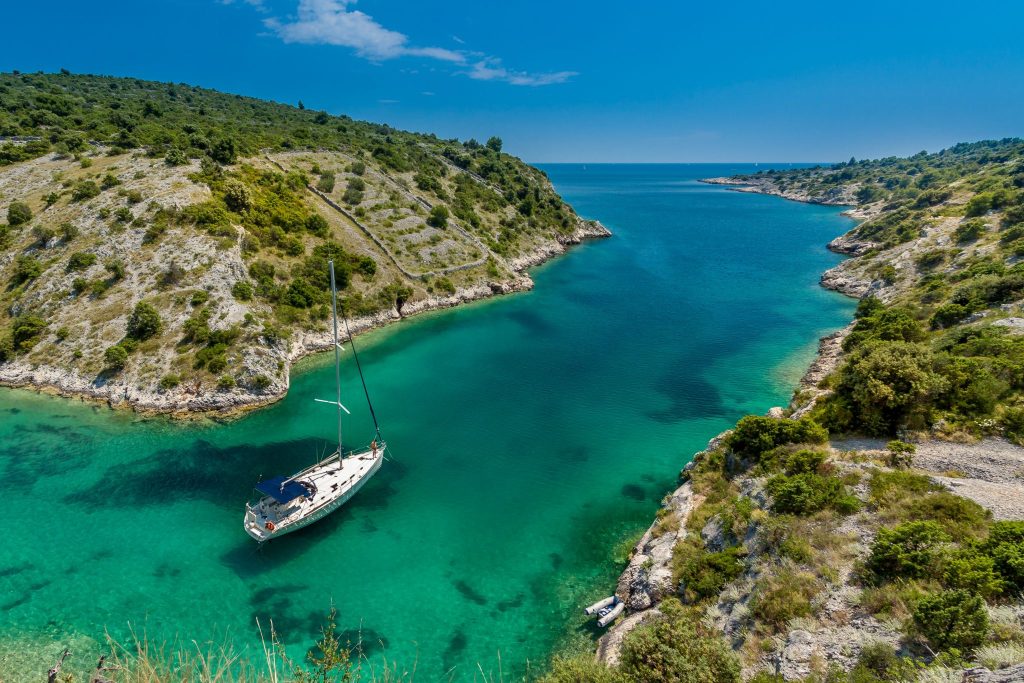
How to Plan Your Croatian Island-Hopping Adventure
Best Time to Go
Shoulder seasons (May-June & September-October) = Best balance of great weather, fewer crowds, and lower prices.
July & August? Peak season = bigger parties, bigger crowds, and higher prices.
Winter? A handful of islands (like Vis) basically shut down outside of summer, so research ahead.
How to Get Around
Ferries: Run by Jadrolinija & Krilo—reliable, cheap, and well-connected.
Catamarans: Faster than ferries but pricier.
Private boats/sailboats: Ideal for off-the-grid islands.
Renting a boat: The ultimate move if you want to explore at your own pace.
Kayaking? Yup, you can paddle between some smaller islands like a true Adriatic Viking.
Cycling? Some islands (like Mljet) have amazing bike routes through pine forests and coastlines.
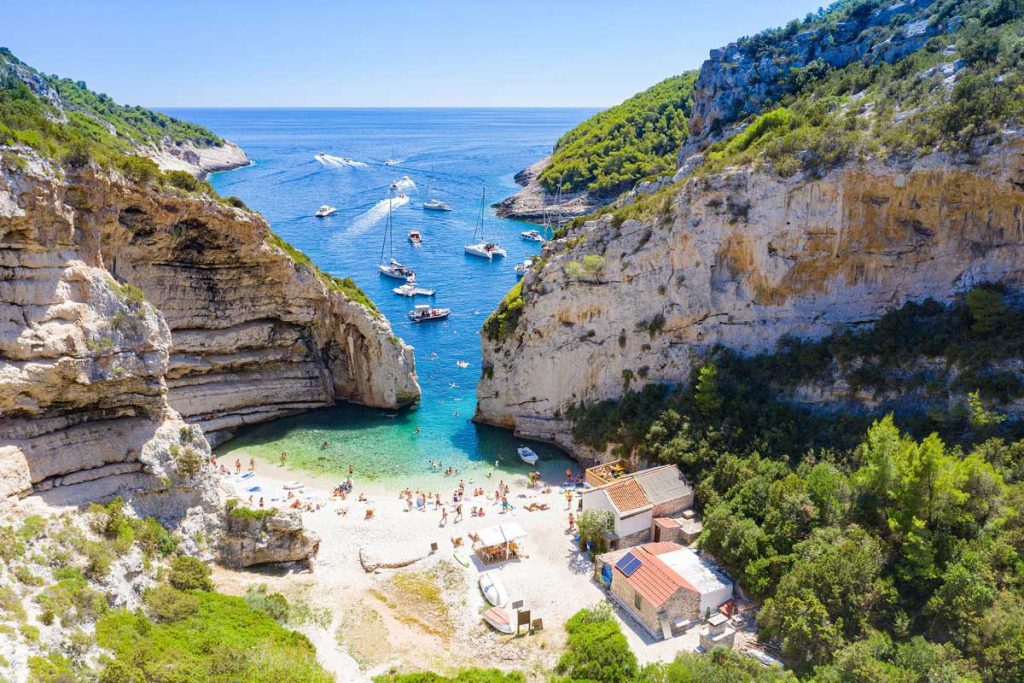
Hidden Gem Islands You Shouldn’t Miss
1. Vis – The Island That Kept Secrets 🏝️
For much of the 20th century, Vis was a military base under Yugoslavia, meaning it was closed to tourists until 1989. This long isolation preserved its authenticity, slow pace, and traditional Dalmatian culture, making it one of the least commercialized islands in Croatia today.
Historical Highlights:
Vis was a major Greek colony called Issa in the 4th century BC and had its own currency.
During WWII, British forces and Yugoslav partisans used Vis as a strategic military base.
The famous Yugoslav submarine tunnels, now used by curious kayakers, were built to hide naval forces.
Must-Do:
Try the local Plavac Mali wine—one of Croatia’s best and boldest red wines.
Stiniva Beach – A stunning cove hidden between towering cliffs, accessible only by boat or a steep hike.
Blue Cave (Biševo Island) – This natural wonder glows an electric blue due to sunlight refraction.
Submarine tunnels – Kayak inside real ex-Yugoslav military tunnels, once used for top-secret naval operations.
Local tip: Skip the touristy restaurants and eat peka-style octopus at Konoba Roki’s.

2. Šolta – The Untouched Island Next to Split 🍋
Located just a short ferry ride from Split, Šolta is a hidden gem often overlooked in favor of bigger, more famous islands. If you want zero crowds, authentic villages, and artisanal food experiences, Šolta is the place.
Historical Highlights:
The Romans cultivated vineyards and olive groves here over 2,000 years ago.
Napoleon’s army once built fortifications on the island, some of which can still be seen today.
Maslinica, a charming fishing village, was once a pirate hotspot in the 18th century.
Must-Do:
Check out the beekeeping farms—Šolta’s honey is rich and deeply aromatic.
Maslinica village – A picturesque harbor with a 300-year-old castle, pristine waters, and hardly any tourists.
Snorkeling at Nečujam Bay – Dive into crystal-clear waters and explore the remains of a sunken Roman ship.
Olive oil tasting at Olynthia Natura – Šolta is famous for its world-class olive oil, considered one of the best in Croatia.
Local tip: Hike up to Vela Straža for 360-degree island views.
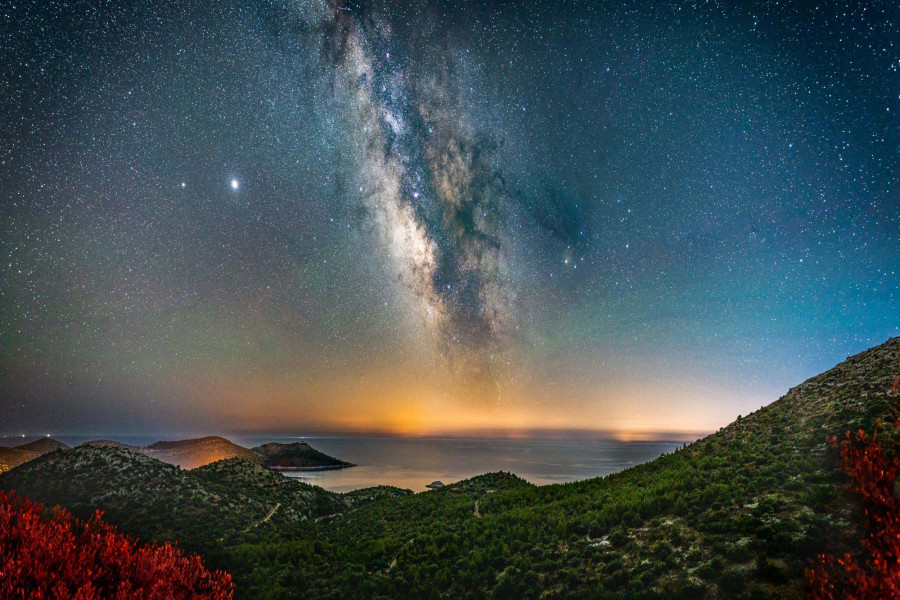
3. Lastovo – The Dark Sky Island 🌌
Why go? Because it’s one of the least populated islands AND a certified dark-sky park, meaning you’ll see the Milky Way like never before.
Historical Highlights:
A former Venetian stronghold, Lastovo’s architecture still reflects medieval influences.
Strategic military importance kept this island off-limits for most of the 20th century.
The island’s old stone houses with distinct chimneys are a signature of Lastovo’s unique cultural identity.
Must-Do:
Hike to Hum Hill for breathtaking panoramic views.
Astronomy stargazing tours – With almost zero light pollution, it’s one of the best stargazing spots in Europe.
Hidden beaches: Saplun Cove = pristine paradise with no crowds.
Wine tasting at Lastovo vineyards – Malvasia wine here is incredibly rich and fragrant.
Local tip: Try Lastovian lobster—it’s next-level fresh. 🦞
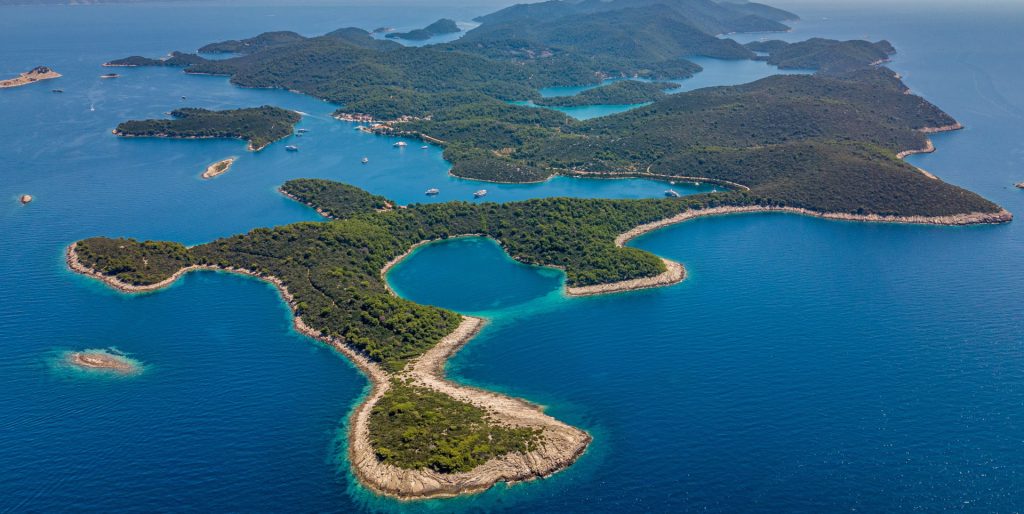
4. Mljet – The Greenest Island in Croatia 🌿
Mljet is often called “the most beautiful island in the Adriatic”—and for good reason. With dense pine forests, hidden coves, and a national park covering nearly a third of the island, it’s a nature lover’s paradise.
Historical Highlights:
Mljet was mentioned in ancient Greek myths—some say Odysseus was shipwrecked here and stayed in a cave for seven years.
The Romans built villas on the island, remains of which can still be seen today.
The 12th-century Benedictine Monastery on St. Mary’s Island is one of Croatia’s most photographed landmarks.
Must-Do:
Local tip: Most tourists leave after a few hours—stay overnight to experience the island’s true magic.
Kayak in Veliko Jezero (Big Lake) – A saltwater lake inside the island, surrounded by pine forests.
Swim inside Odysseus’ Cave – A sea cave linked to the legendary Greek hero.
Hike to Montokuc for jaw-dropping sunset views.
Visit the Benedictine Monastery on a tiny island inside the lake.
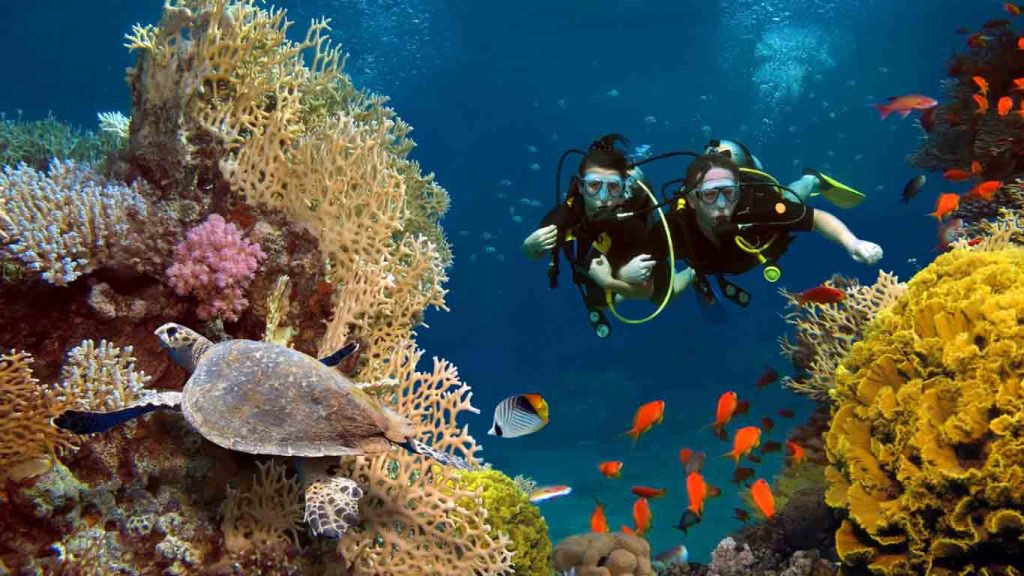
Sustainable Island Hopping: How to Do It Right
We love traveling smarter and greener. Here’s how to keep your Croatian island adventure eco-friendly:
Use public ferries & catamarans instead of private speedboats (which pollute more).
Say no to plastic—bring a reusable water bottle. Many islands have fresh spring water!
Respect the wildlife—don’t touch sea urchins, starfish, or marine plants.
Eat local! Skip the imported food and try Croatian olive oil, wine, seafood, and honey.
Support family-run accommodations instead of big chains.
Pack reef-safe sunscreen to protect the Adriatic’s delicate marine ecosystem.
Final Thoughts: Why Croatia is the Ultimate Island-Hopping Destination
Croatia isn’t just about fancy yachts and Instagram beaches—it’s about hidden coves, family-run konobas, and secret island escapes you won’t find in a guidebook. Whether you’re diving into submarine tunnels, drinking wine under the stars, or kayaking through sea caves, Croatia’s islands will give you a serious case of wanderlust.
And remember: the best island is the one you weren’t planning to visit. So take a detour, explore, and let Croatia surprise you.